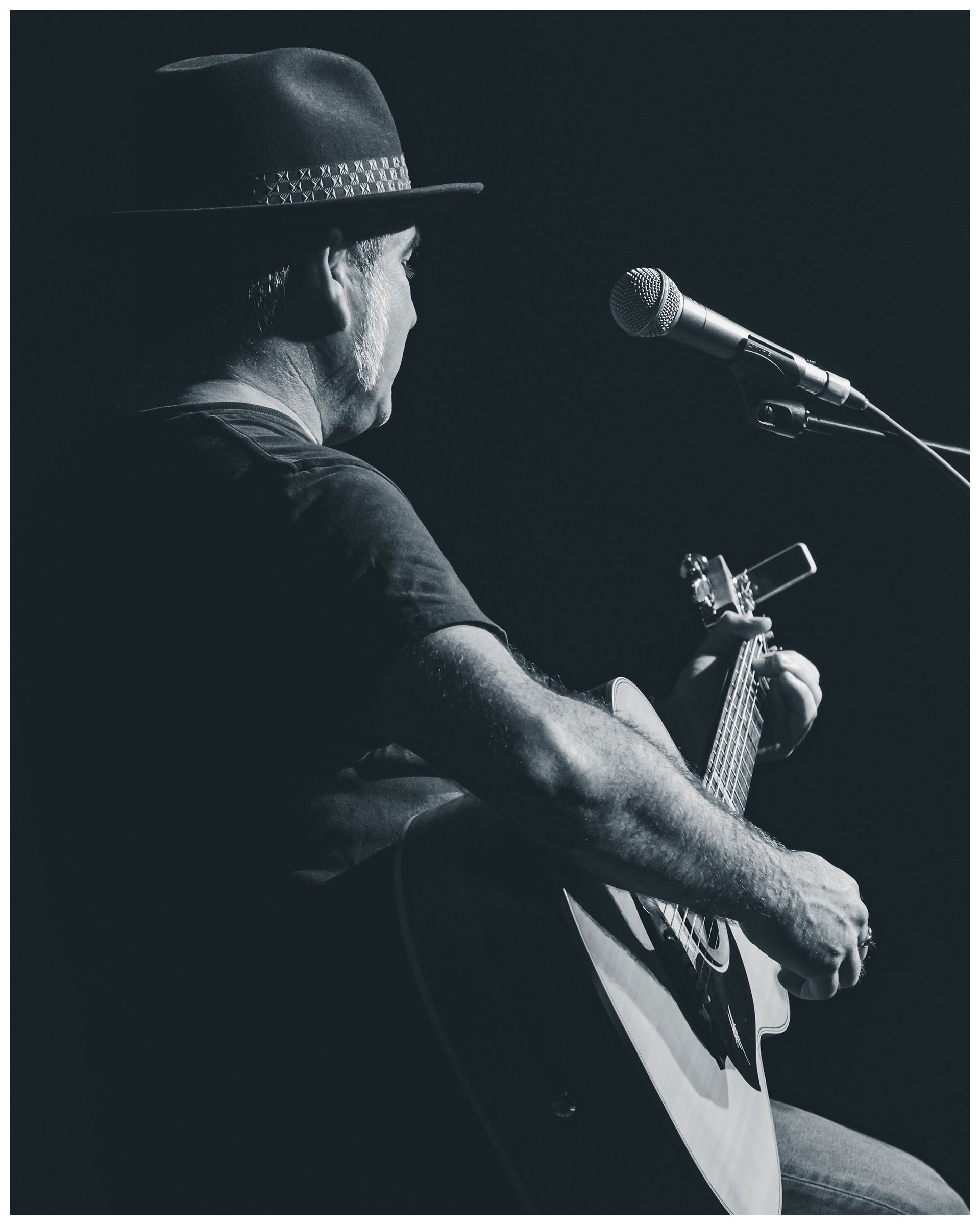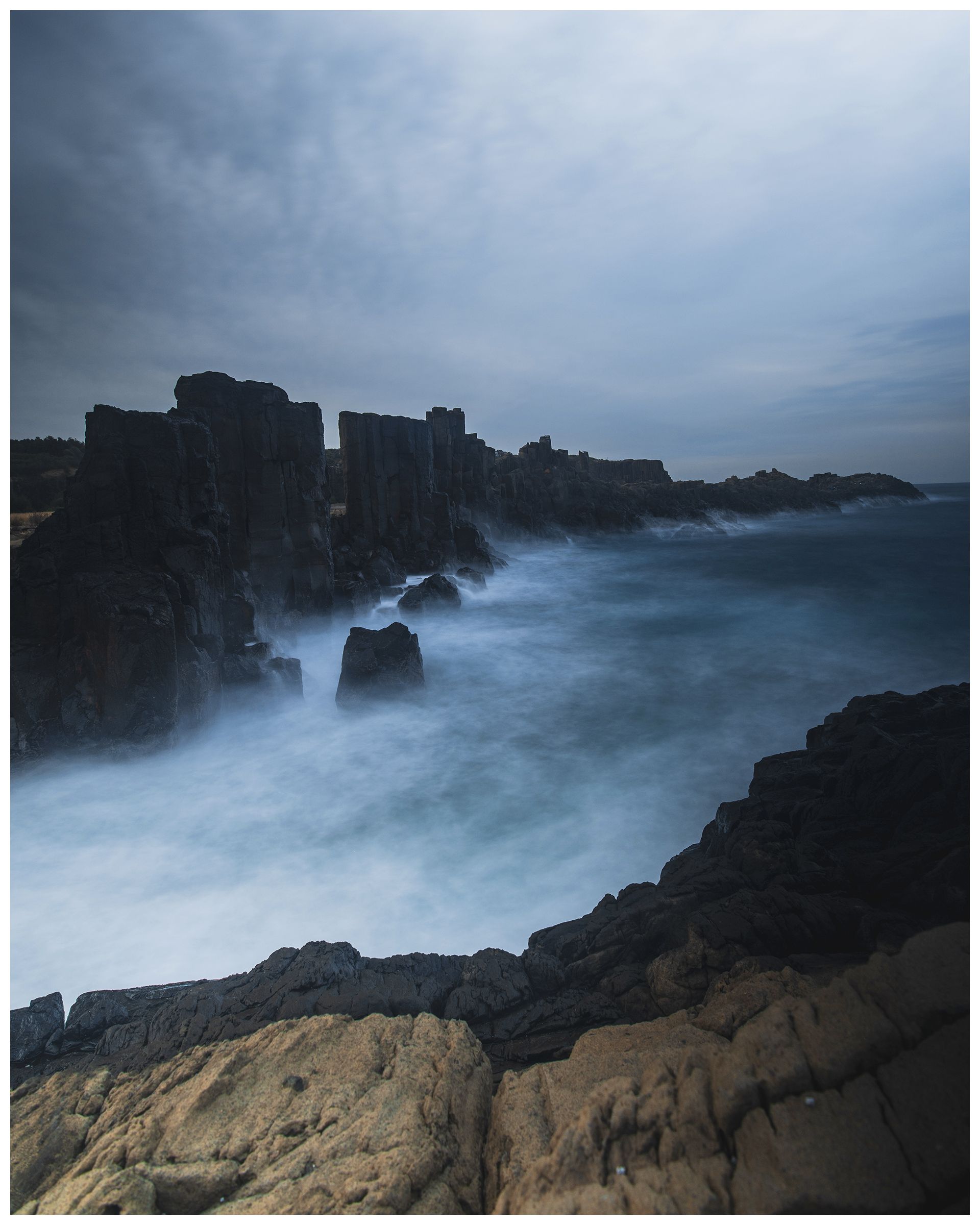What Is Exposure In Photography?
What is exposure in photography? This is a common question many people ask when getting to know their camera gear. Understanding exposure and mastering its usage can help you improve your photography skills in many different settings.
Over time, no lighting situation will be too bright or too dark for you to manipulate to your own ends using the right angle, additional lighting equipment or the features on your camera.
What Is Exposure in Professional Photography?

When editing your photos for social media, you might have come across app settings that determine how light or dark the photo appears. Sometimes simply clicking the “auto” function corrects any lighting issues with the photo. What these features do is correct or otherwise, change the exposure in the photo.
An overexposed photo tends to look too bright, which can make the colours look faded or distorted. Note that sometimes people use too much or too little exposure on purpose to create artistic effects, but you must learn the rules before you can break them.
What Is The Exposure Triangle?
So far, it might appear that lighting from the sun or other sources fully determine the exposure of your photos. However, as alluded to before, your camera itself plays a role. The three settings responsible for this are as follows:
Shutter Speed:
This determines the length of time the camera sensor remains receptive to the available light. Shutter speed becomes extremely important when capturing movement, whether you want to catch a sharp final image or blur the object. Essentially, a slower shutter speed (i.e 1/25) lets more light onto the sensor, gathering more light. Whereas a faster shutter speed (i.e. 1/250) represents a shorter period of time and thus less light is able to hit the sensor.ISO:
This describes how the camera reacts to incoming light, based on the sensitivity of the sensor. Increasing the ISO speed (higher numbers) captures more light by digitally 'boosting' the sensor, the side effect of this process is the creation of digital noise - signified by visable grain and loss of saturation in the final image. Ideally, most people aim for the lowest ISO possible. Common speeds range from as high as 6400 to as low as 100 but often go much higher and lower. While it is often best to keep the ISO as low as possible, modern cameras have become much better at handling noise in recent years making higher ISO speeds more usable than they have been in the past. Most modern cameras still produce acceptable image quality at ISO speeds of 3200 and belowAperture:
Most commonly measured in f/stops, this determines how much light is able to pass through your camera lens and onto the camera sensor. Much like with shutter speed, lower numbers (i.e. f/1.8) equal a wider opening of the lens, and thus more light. Whereas higher numbers (i.e. f/8) represent a closing of the aperture blades, giving you less light. The f/stop also determines your 'depth of field' which is the way we measure the amount of things which are in focus.
These three features create what is known as the ‘exposure triangle’. Understanding what each setting contributes to the final effect is the first step in artfully manipulating exposure. Keeping a balance between the three settings is essential to capturing your subject exactly as you require. For instance if you want to capture sharp frozen movements of a dancer on a dark stage, they may be moving too fast for a slow shutter speed, but you want to ensure their entire body fits within your depth of field, requiring a narrower aperture - so a high ISO might be the only way you can capture the subject as you intend. This could easily be reversed if you instead wanted to feature the motion blur in your images - thus allowing the use of a slower shutter speed. It's all about assessing the situation and making a call based on what you're looking to capture and how.
What Is Under Exposure In Photography?

An under-exposed photo features so many shadows and dark spots that it becomes more difficult to discern shapes and faces. This might become undesirable in many cases, but there are some applications where it works beautifully. A play on shadows can create beautiful silhouettes and deepen some colours.
Here are some common examples where underexposure is utilised:
Fashion and Automotive:
Many fashion photographers use a play on shadows to highlight a woman’s natural curves. Car manufacturers also use it to show silhouettes of highly anticipated car models prior to release.Horror:
When shooting horror movies or taking pictures that should give off a scary vibe, under exposure proves helpful here. After all, some of the scariest threats are the ones lurking in the shadows!Nature:
Under exposure can also create a beautiful effect when photographing sunsets. It deepens the fiery colours, while contrasting them against the blackness of the dark.
What Is a Long Exposure in Photography?

Have you ever seen photos of waterfalls where the water appears unbelievably smooth and beautifully blurred? There are several ways to achieve this, but the most common option is to use a long exposure.
This creates what is known as a motion blur. It works even with people. If you took a long exposure photo and someone walked through it, you would see a ghostly blur in human form.
To create long exposure photography, professionals slow down the shutter speed. How much you need to slow your shutter speed is debatable. Use speeds below one second. Keep in mind that the slower the shutter speed, the more complex the shooting process becomes. You'll also be limited by the amount of light available, on a bright sunny day you'll most likely be unable to shoot with a very slow shutter speed - even with a narrow aperture and low ISO speed. This is where specialised filters like ND filters become useful - basically giving you another way to control exposure beyond the traditional 'triangle'
What Is Double and Multi Exposure In Photography?
Think back to the days of photography when you needed to manually develop film to get access to your photos. If you ever accidentally — or deliberately — reused film, then you know what it’s like for two photos to become one. You might have even created this effect digitally via photomanipulation.
Photographers can do this prior to the editing process and overlay two photos to create one artistic effect. When the final product involves more than two photos, then this is known as multi exposure and follows the same premise.
Using this method might allow you to create photos that are unique and carry symbolic meaning. Some people also use it to show the movement of one object at multiple different points in the same frame without blurring them in the way that a long exposure does.
C.R. Kennedy is one of Australia’s leading distributors of cameras and photographic equipment. We offer a wide range of DSLR, mirrorless, full-frame and action cameras.
If you need more information on different camera models and options, check out more articles on the C.R. Kennedy blog.

